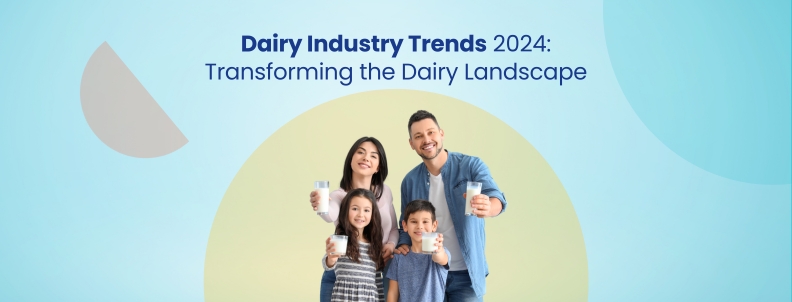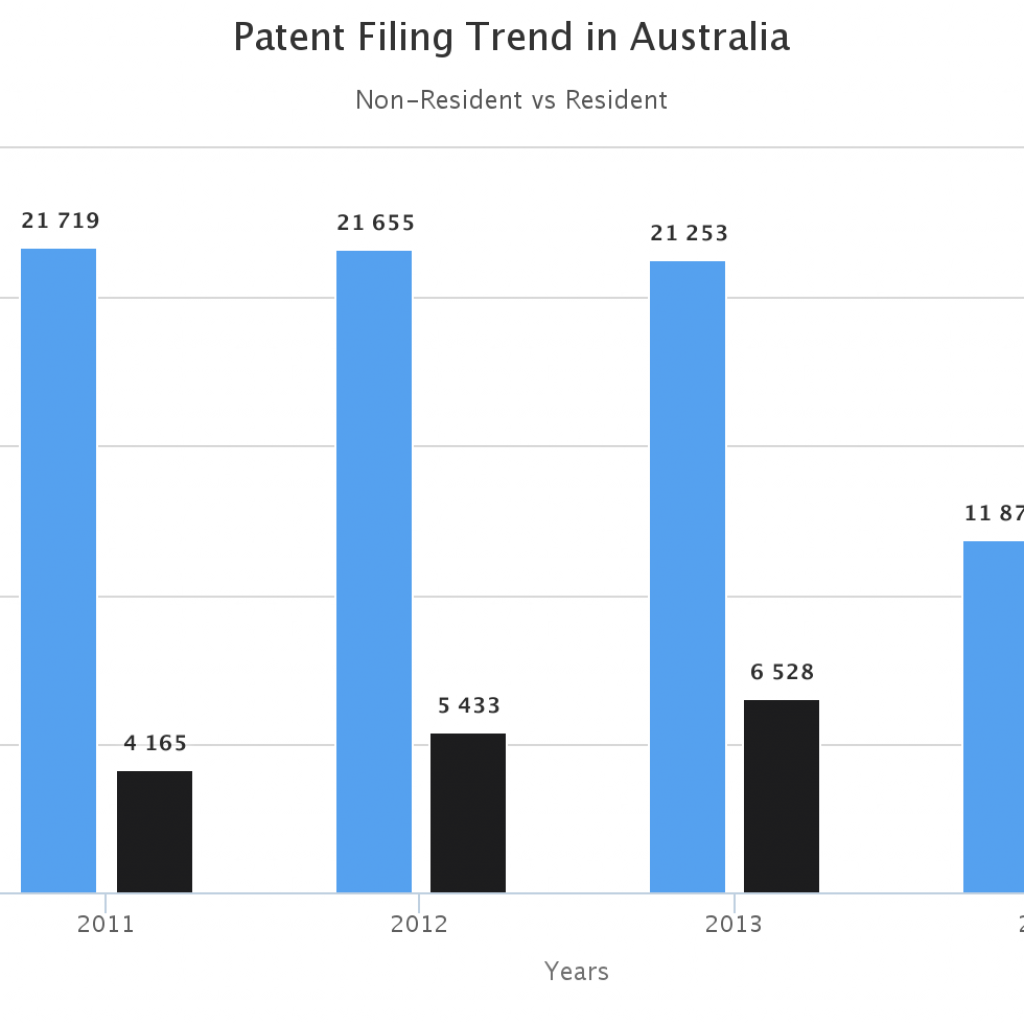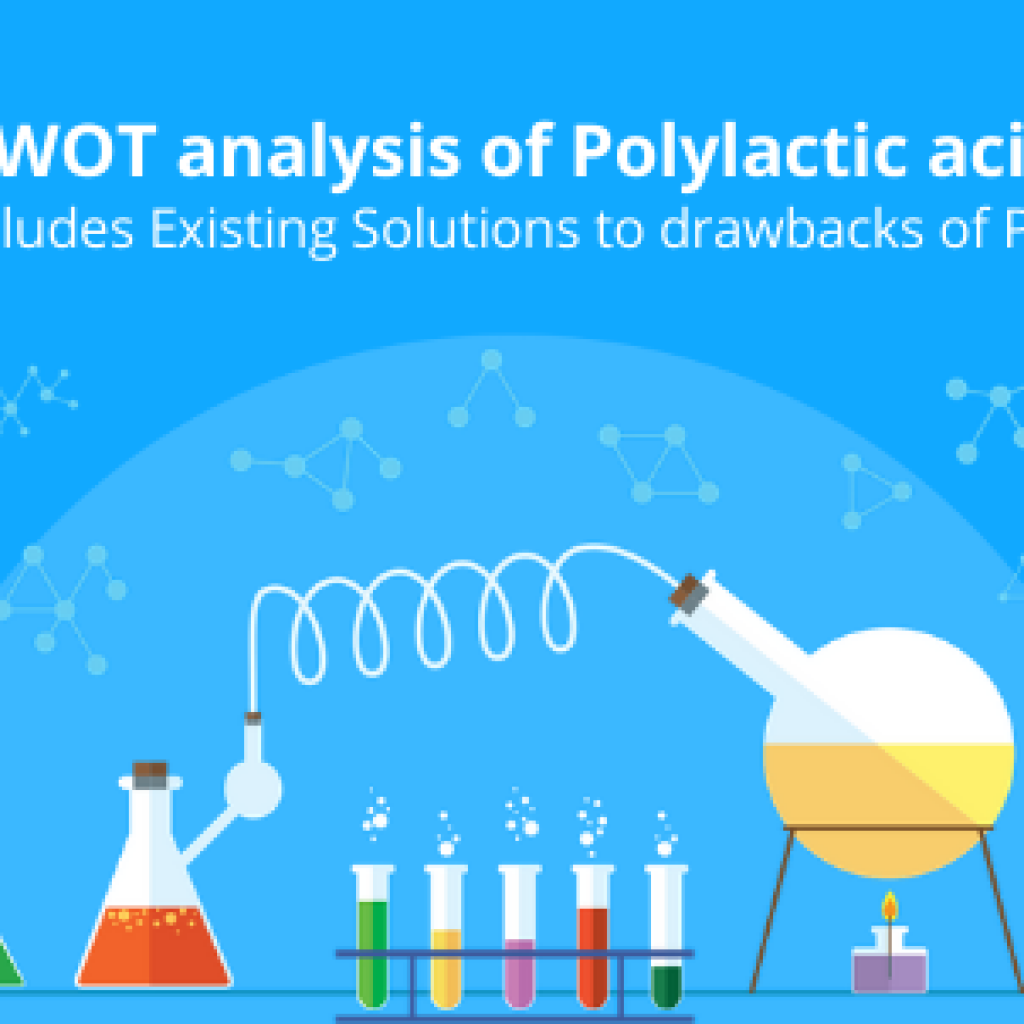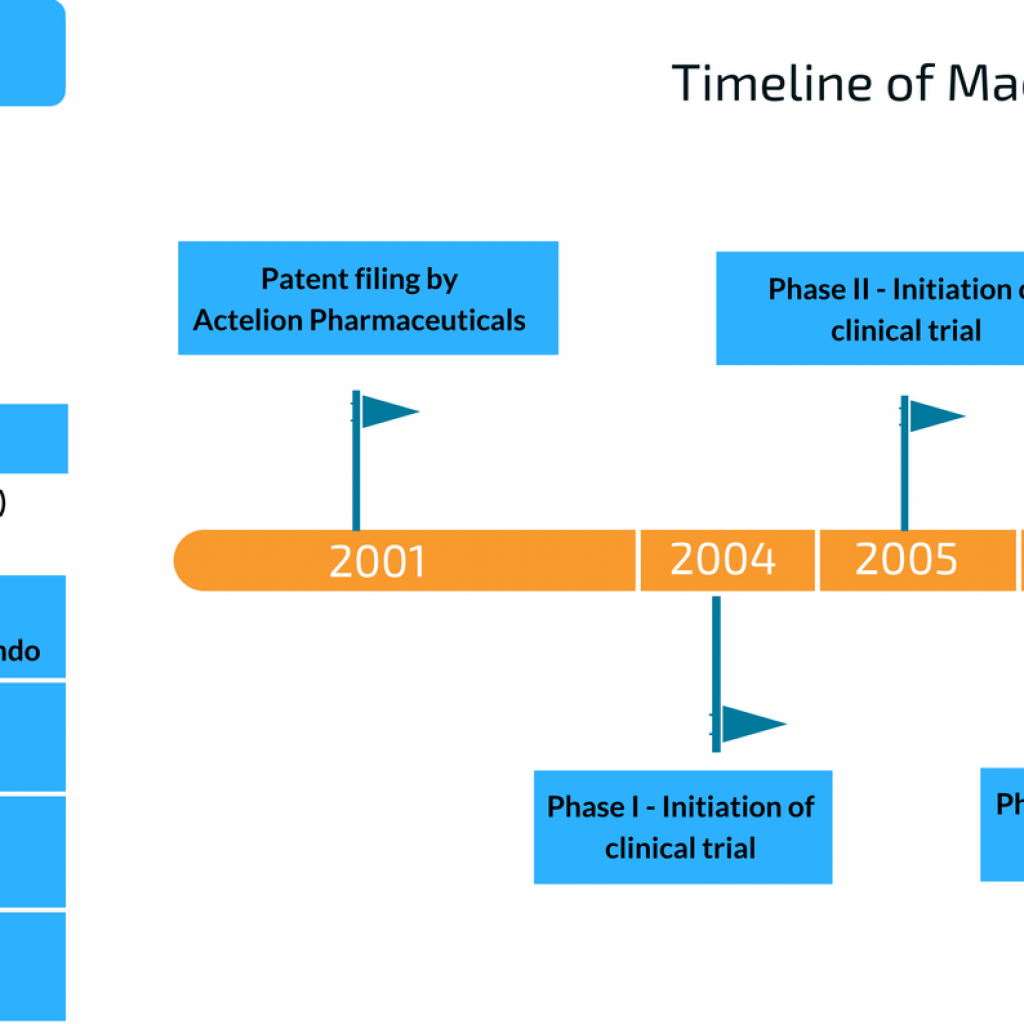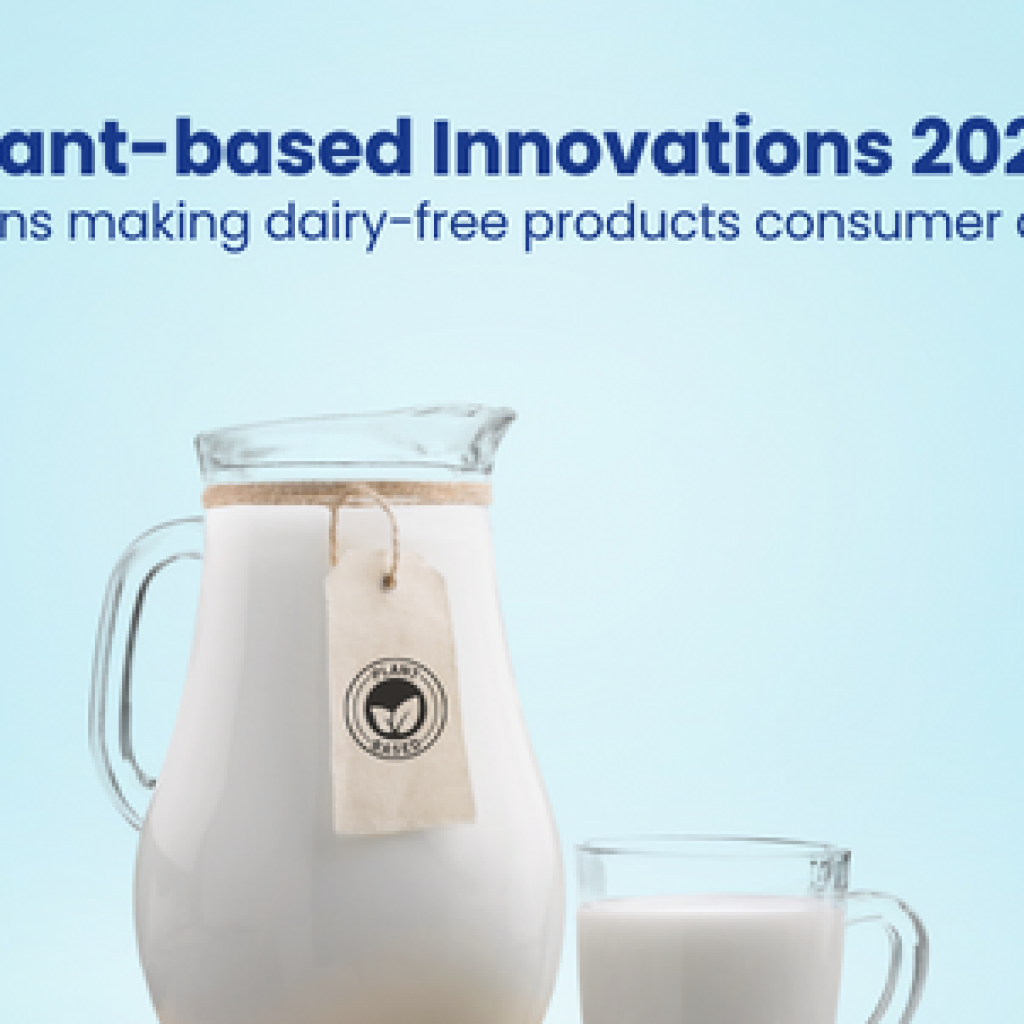Driven by shifting consumer preferences and expectations, dairy companies are rising to the challenge of prioritizing health, sustainability, and digitalization.
Just like last year, our dedicated team conducted a thorough investigation to understand where the dairy industry was heading in 2024 and what the future would look like.
After going through research papers, dairy forums, white papers, and market analysis, we came across eight breakthrough trends that will redefine the dairy industry.
In this article, we’ll briefly discuss the recent developments in the dairy industry and the trends driving these changes.
Want to get a comprehensive analysis of the trends shaping the future of the Dairy Industry? Fill out the form below and get offline access to our exhaustive dairy trend report directly to your inbox.
Trend 1: Specialized Nutrition to Meet the Special Nutritional Needs
With the growing demand for fitness and well-being, companies are actively looking for ways to assist their customers with their nutritional needs.

Fonterra recently introduced two innovative brands, BioKodeLab and Nutiani, strategically focusing on enhancing cognitive wellness, mobility, immunity, and muscle health.
Meanwhile, Nestle launched a supplement, Oral Impact Powder – ORAL IMPACT®. The formulation aims to provide comprehensive support to patients undergoing surgical procedures or cancer treatments like chemotherapy and radiotherapy.
Trend 2: Probiotics for Achieving Holistic Well-being
Recognizing that probiotics offer benefits beyond digestive wellness, dairy companies are shifting their research focus to drive innovation in this field.
Yili, a prominent dairy company in China, has been actively studying the anti-aging properties of particular probiotic strains.
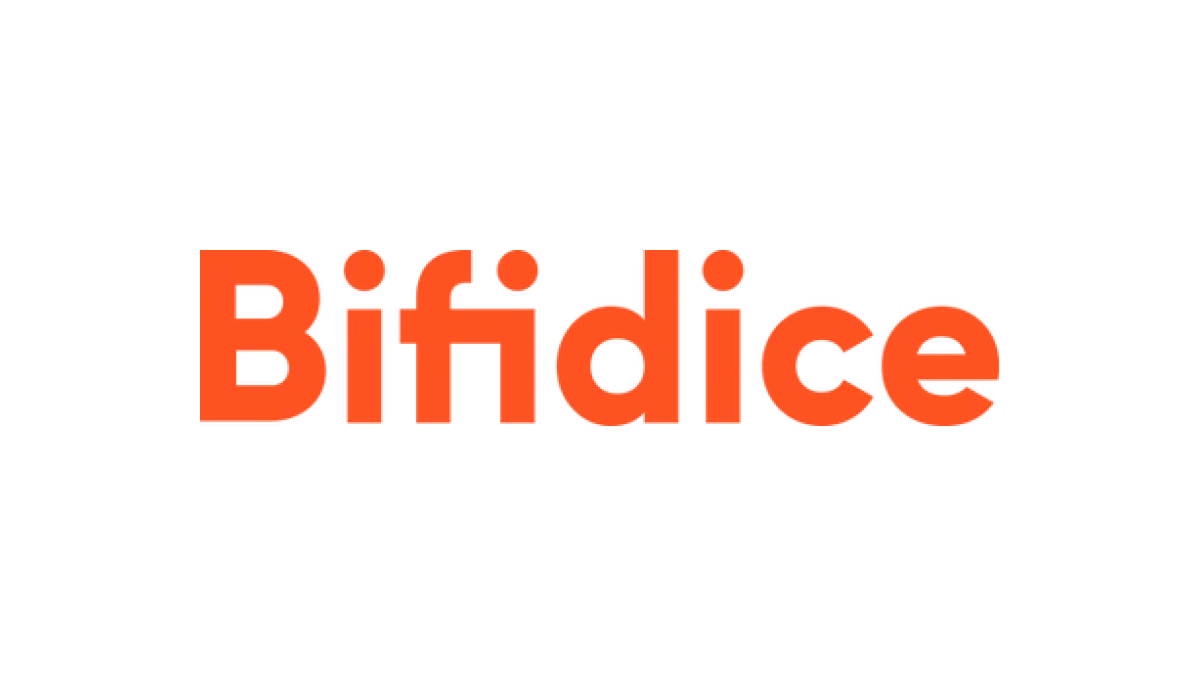
It’s not just the established industry leaders that are taking part in this pursuit. Startups like Bifidice are making strides by creating functional plant-based ice cream infused with probiotics to address allergies and chronic illnesses.
Trend 3: Plant Or Fermentation? Finding a Sustainable Alternative To Dairy
Catering to the growing demand for plant-based dairy alternatives, companies across various industries are committed to continuous innovation.

In 2022, Molson Coors, a renowned brewing giant, introduced Golden Wing, a plant-based barley milk, specifically targeting consumers seeking dairy alternatives.
Simultaneously, industry giants like Nestlé entered the market with Wunda, an innovative milk alternative crafted from peas.
What does the future hold for dairy alternatives?
Read more to find out.
Trend 4: Finding Innovative Ways To Reduce The GHG Emissions
In response to government policies to reduce carbon emissions, companies are proactively undertaking initiatives to mitigate their environmental impact.
One such example is DSM’s patented feed additive named Bovaer. This innovative solution has been shown to effectively reduce methane emissions by 30% in dairy cows and 45% in beef cattle.

The Lactalis group, for instance, is actively working on energy efficiency improvements by modifying their processing operations and installing thermocompressors. These devices are designed to increase the pressure of low-pressure steam for reuse, contributing to greater energy optimization within their operations.
Trend 5: Leveraging Digital Intelligence To Enhance Daily Operations
The acceleration of digitalization due to the impact of COVID-19 has prompted dairy companies to adopt digital strategies to improve their daily operations.
The global e-commerce sector has witnessed extraordinary expansion, with sales skyrocketing from 15% of total retail sales in 2019 to a projected 22% in 2022.

Recognizing this trend, companies such as Nestlé have set a goal to generate 25% of their sales from e-commerce by 2025.
Companies like Arla have taken it a step further by developing digital shelf analytics tools to effectively measure, track, and optimize their performance within the digital retail landscape.
Trend 6: Focussing Inside Out With Smart & Sustainable Packaging Solutions
As government regulations push for sustainable packaging solutions, dairy companies are actively seeking packaging alternatives to meet these demands.

For this, FrieslandCampina is taking ambitious steps towards sustainable packaging. By 2025, their goal is to achieve 100% recyclable packaging materials. Looking further ahead, by 2050, they aim to adopt circular packaging that promotes reuse, recycling, or composting.
To achieve these targets, the company has already embraced eco-friendly packaging options, utilizing 86% renewable plant-based materials.
Furthermore, Lactalis Group, in collaboration with INEOS, has introduced a solution: HDPE Milk Bottles crafted from circular polyethylene sourced from post-consumer recycled material.
Trend 7: Prioritizing Livestock Welfare
Driven by the urgency to prevent future pandemic outbreaks in cattle, the industry’s focus on livestock welfare has intensified.
Many initiatives are underway to address this situation.
The EU-funded project ClearFarm transforms the monitoring of animal welfare by delivering real-time information. Furthermore, consumers can access detailed health information about milk-producing cows by simply scanning a QR code.
In addition, eFeed, an Indian platform established in 2021, leverages AI-assisted feed recommendations, optimizing milk output in cattle. Their specialized premixes improve digestion, increase milk production, and reduce methane emissions.
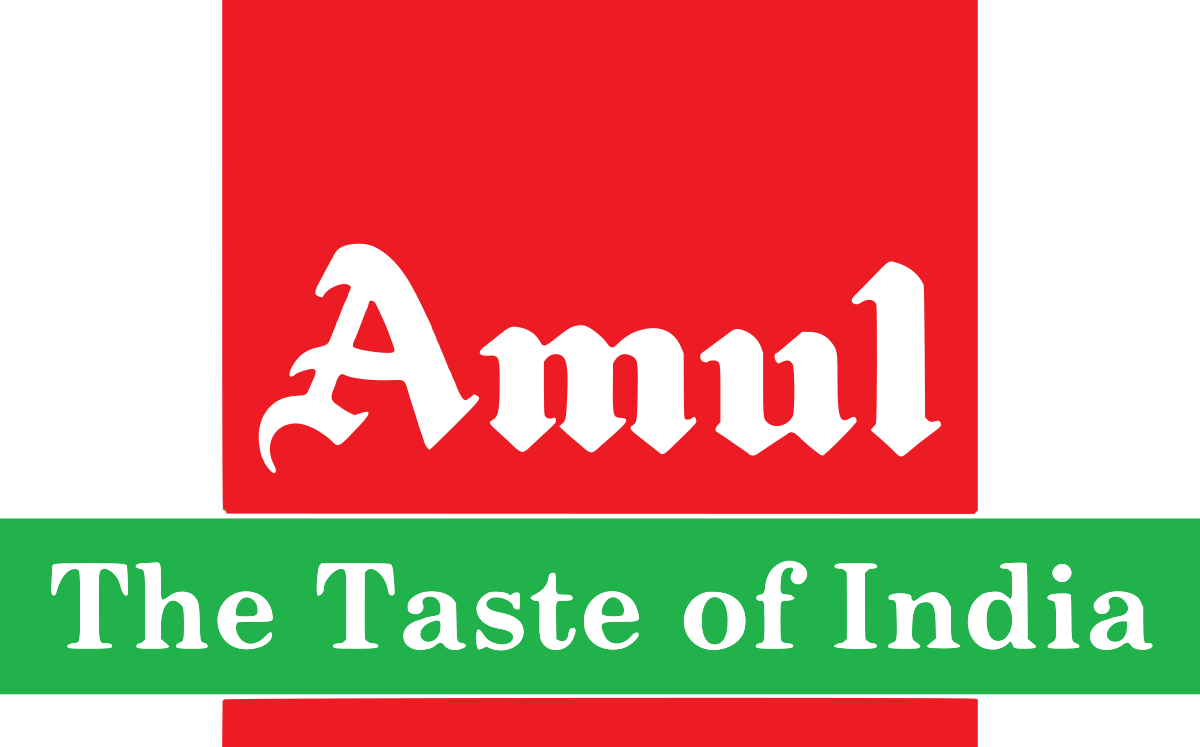
Amul has taken initiatives and is collaborating with the Indian government to tackle Lumpy disease in Animals.
Trend 8: Regenerative Agriculture to Sustain Nature’s Balance
In an effort to transform the industry’s negative image, dairy companies are actively seeking methods for positive change. One impactful approach they are adopting is regenerative agriculture.

Unilever‘s renowned ice cream brand, Ben & Jerry‘s, is leading with its ‘Mootopia’ project. Investing a substantial $9.3 million, they are supporting regenerative agriculture practices on 15 of their supplier farms.
Demonstrating their commitment to sustainability, Berlin-based AgTech startup, Klim, plays a crucial role in assisting farmers with adopting regenerative agricultural practices. They not only provide guidance but also offer a platform for farmers to sell carbon credits earned through these environmentally friendly practices.
Conclusion
By combining innovation, sustainability, and consumer engagement, the dairy industry is set to build a path that not only meets the demands of the present but also prepares for future challenges and opportunities.
Recognizing the need of the hour, top dairy companies have already started working on the abovementioned trends. It’ll be interesting to see how these trends will transform the industry.
Stay ahead of the market. Get a comprehensive analysis of these trends today.
Authored by – Harleen, Vanshika, and Nidhi, Patent Analytics
Edited by – Ridhima, Marketing

